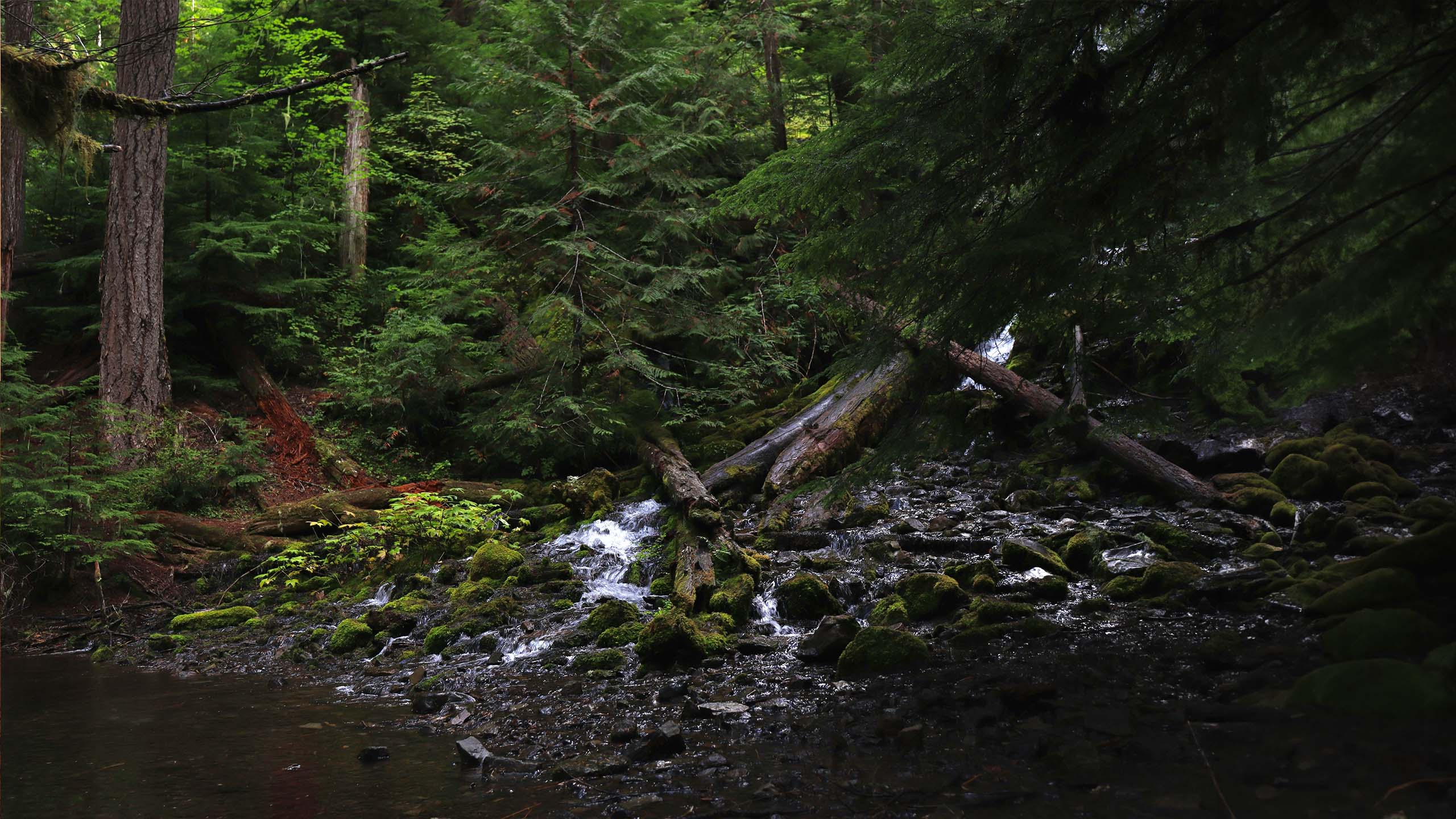Reforestation in
Oregon
With snow-covered mountains, lush valleys, and dramatic river canyons, Oregon is a state of contrasts. Oregon’s forest cover includes vibrant evergreen groves and towering redwood forests, covering nearly half of the state in expansive trees and greenery. Many of these old-growth forests provide habitat for hundreds of species of fish and wildlife, including threatened species such as the Northern Spotted Owl and the Oregon Spotted Frog.
Many iconic tree species are native to Oregon, including Douglas fir, Oregon white oak, Ponderosa pine, Pacific willow, and Oregon ash. Unfortunately, between 2001-2023, the state lost 2.44 million hectares of tree cover — equivalent to 25%. This loss of tree cover profoundly impacts Oregon’s economy, climate, and future.

Oregon Stats
806k
Hectares lost
Oregon lost 806,000 hectares of tree cover to fires between 2001- 2023.
Oregon, United States, Deforestation, Global Forest Watch
61k
jobs supported
Oregon’s forests support more than 61,000 jobs.
The new Oregon Forest Facts 2021-22 Edition is here, Oregon Forests
1.4m
Acres of wetlands
1.4 million acres of wetlands can be found in Oregon.
Projects in Wetlands and Waters, Oregon.gov
47%
Forested
47% of Oregon is covered in forests.
Oregon’s diverse forests, Oregon Forests Resources Institute
92
Wildlife species
92 wildlife species that live in Oregon are unique to the state.
Oregon Forests as Habitat, Oregon Forests Edition
Project Highlights
Reforestation in Oregon focuses on restoring healthy watersheds so that people have clean water to drink and beautiful places to play — and so birds, fish, and other wildlife can thrive. Learn about three recent reforestation projects that planted trees in Oregon!

Orca whale project
Southern Resident orcas are an icon of the Pacific Northwest. Swimming the waters off the coast of North America, these whales are one of the most recognizable marine animals in the world. This project planted trees along riverbanks to help increase the orca’s main source of food: salmon. Tree planting and restoring riparian zones is a simple and effective solution for protecting salmon stocks and ensuring the orca can rely on chinook salmon for years to come.
South Fork Fire
In 2014, a lightning strike ignited the South Fork Fire, damaging over 66,000 acres of land across Oregon. Some of the land burned was within the Malheur National Forest, home to some of the state’s most beautiful wildlife. This project worked to restore degraded land in the national forest, revitalizing habitat and contributing to better watershed function. The trees planted by this project helped restore what was lost.


Umpqua North Fires Restoration Planting
Umpqua National Forest contains a range of water sources that are vital to the surrounding ecosystem. The Umpqua River provides pristine habitat for fish and other aquatic species — and surrounding waterfalls, creeks, and streams provide ample recreational opportunities. In 2017, Umpqua National Forest was victim to a complex fire. This project worked to reforest the degraded land, ensuring the benefits and beauty of this national forest can remain for generations.


